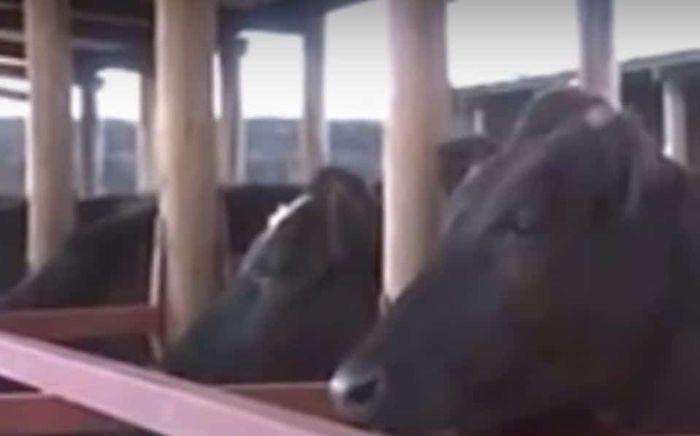Biogas is a flammable gas which burns at 60% of what a pure gas would do and can be used for cooking, electricity generation and all other purposes like any fuel.
Confined animals do tend to produce more waste which becomes a nuisance within the building. Hence we explore options on how to manage waste and recover nutrients and energy from it. Any organic waste can be digested in the right environment to give you biogas which is renewable energy. With the diminishing forest cover, use of firewood is no longer a sustainable source of fuel hence the need for alternative renewable and sustainable energy sources.
Advantages and requirements
Biogas is environmentally friendly and clean gas. Unlike firewood, it does not have smoke and burns at low pressure than the LPG gas. In addition it takes all organic waste materials and gives it value.
You must have housed animals- cattle which are housed at least a day or half a day and any other source of organic materials. There should be enough topography, sufficient gradient so that in event of an overflow from the digester it does not pollute the compound.
Constructing biogas digester
Cow dung is essentially source of Biogas because cows are the only animals which tend to produce methane which is flammable therefore all systems must be started with some cow dung.
You must get a certified biogas technician to construct a biogas plant. Sizing of a biogas digester is done considering these factors; number of animals, quantity of waste expected, energy needs of the household and financial ability. Determine best position for this system, near cowshed and kitchen.
Precautions
Before this process starts, a drawing which displays the levels of the system must be done. The biogas system has 3 parts; the inlet, the dome/ bio digester, and expansion chamber.
The dome is specifically plastered several times with water proof cement to avoid cracks and it should be gas tight all the time to prevent the gas from coming out and oxygen from going in. Cow dung should remain for six days for maximum digestion to produce gas.



















